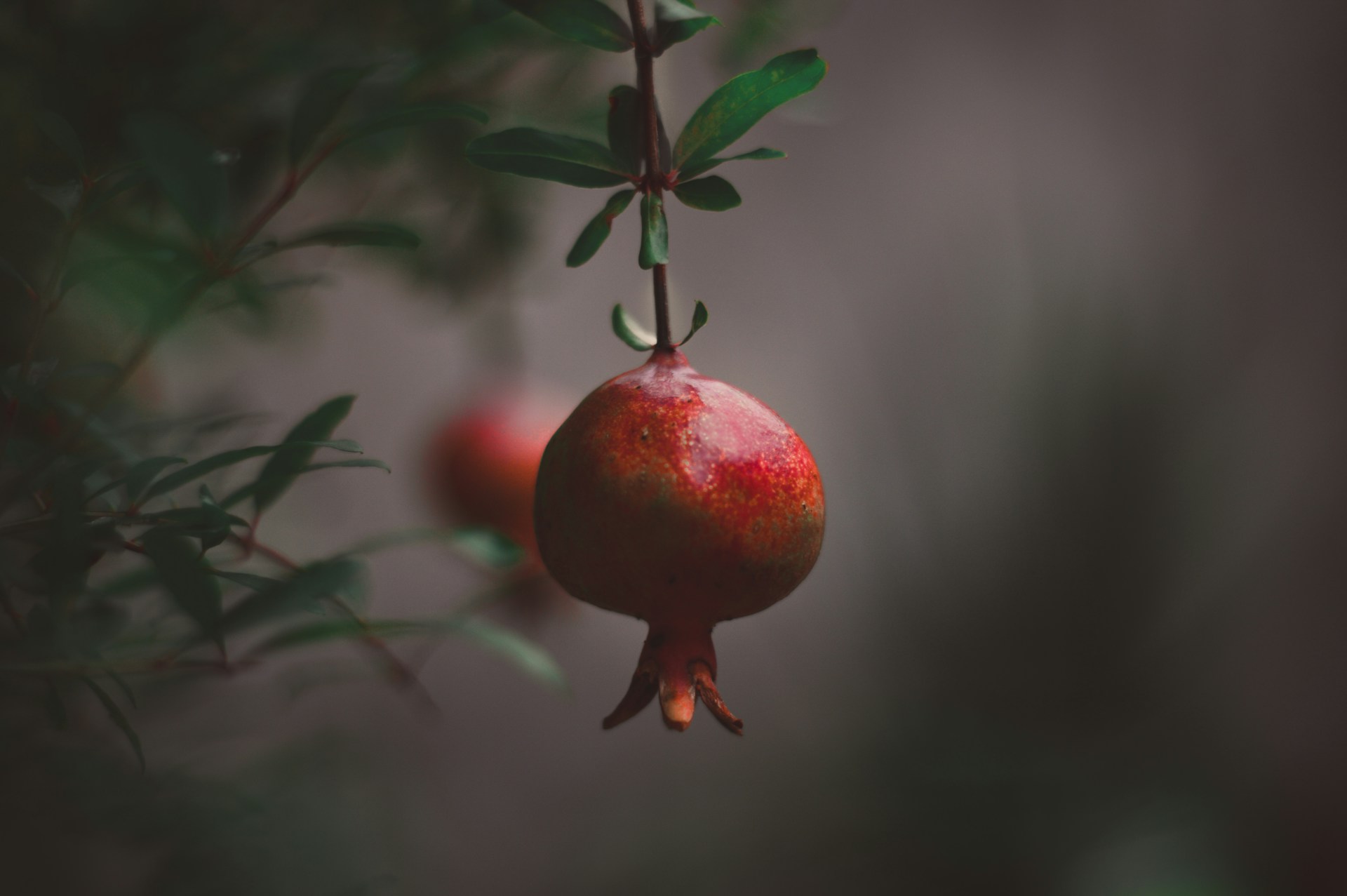Having trouble keeping your garden going in the heat and drought? It’s a common problem but the good news is you can still get a successful harvest. By choosing the right fruit trees you can not only survive but grow in hot dry conditions. Let’s look at 8 drought tolerant fruit trees that will give you a taste of the good life.
The Struggle with Heat and Drought
Gardening in the desert has its challenges. Water restrictions, heat and long dry spells can make growing fruit trees seem impossible. Traditional fruit trees require lots of water and care which can be hard to give during a drought. But there are tough varieties that can take it.
The Secret to Success
Pick the right fruit trees. Drought tolerant fruit trees have learned to live with no water at all. Perfect for hot dry places. They use less water and less maintenance so you have more time to enjoy the fruit of your efforts.
1. Pomegranate
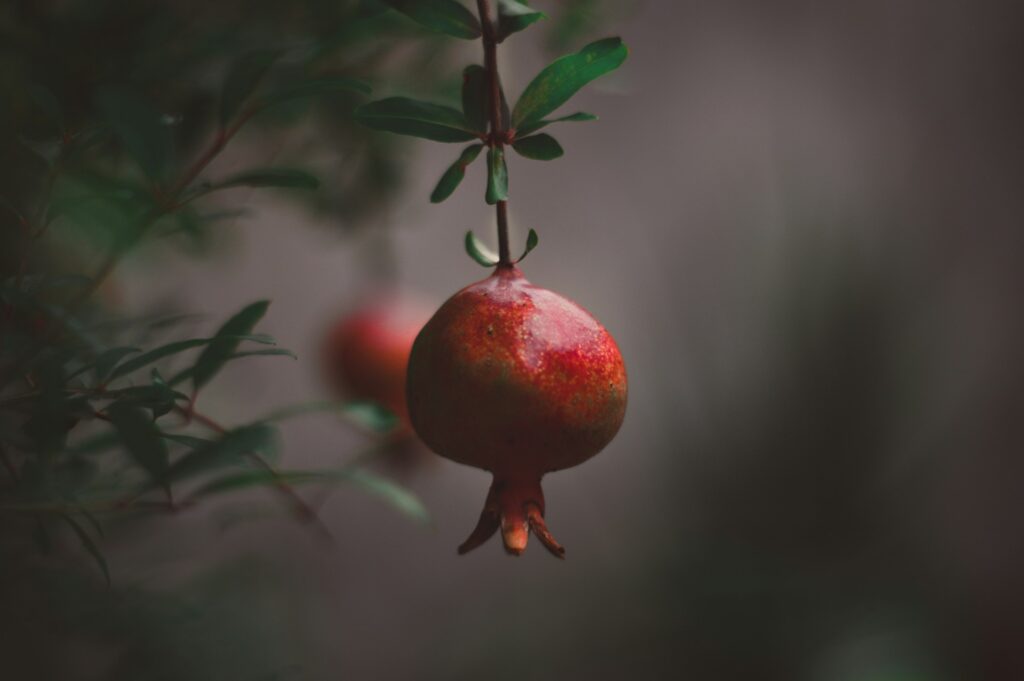
Pomegranates love dry hot climates. They’re from the Middle East and South Asia and are super hardy. Once established they need very little water and can take temps over 100°F. Pomegranates produce delicious little jewels that are full of antioxidants. They typically fruit in their second year and with proper care one tree can produce up to 20 pounds of fruit a year.
2. Fig
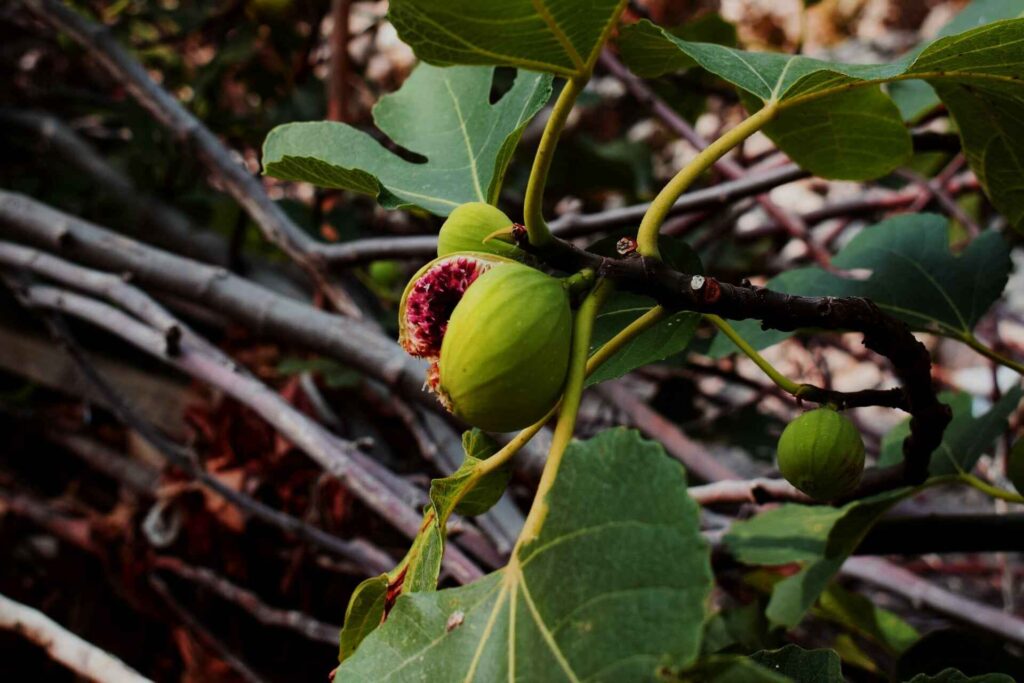
Figs are great for drought areas. These are Mediterranean and Western Asian natives that have been grown for thousands of years. Figs need little water and can go without irrigation once established. Full sun and well drained soil. A mature fig tree can produce 180 pounds of fruit per year.
3. Olive
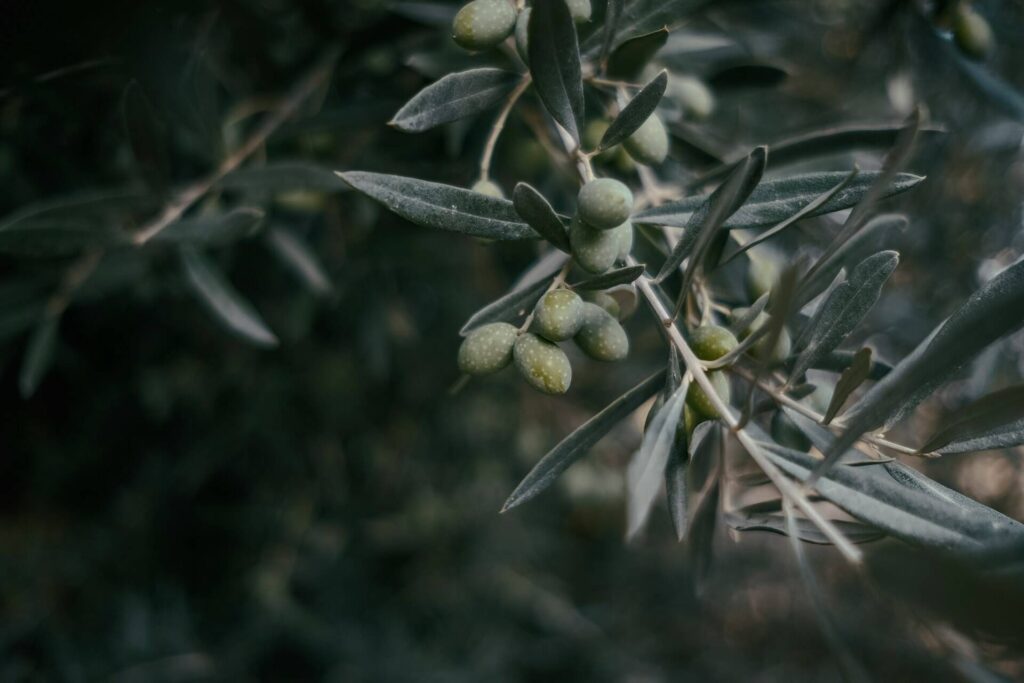
Olive trees are the type of dry, rocky landscapes especially in the Mediterranean. They’re super drought tolerant and can live for hundreds of years. Olives need full sun and well drained soil. They’re not just a source of healthy, tasty fruit but also great oil. A mature olive tree can produce up to 30 pounds of olives a year depending on the variety.
4. Jujube
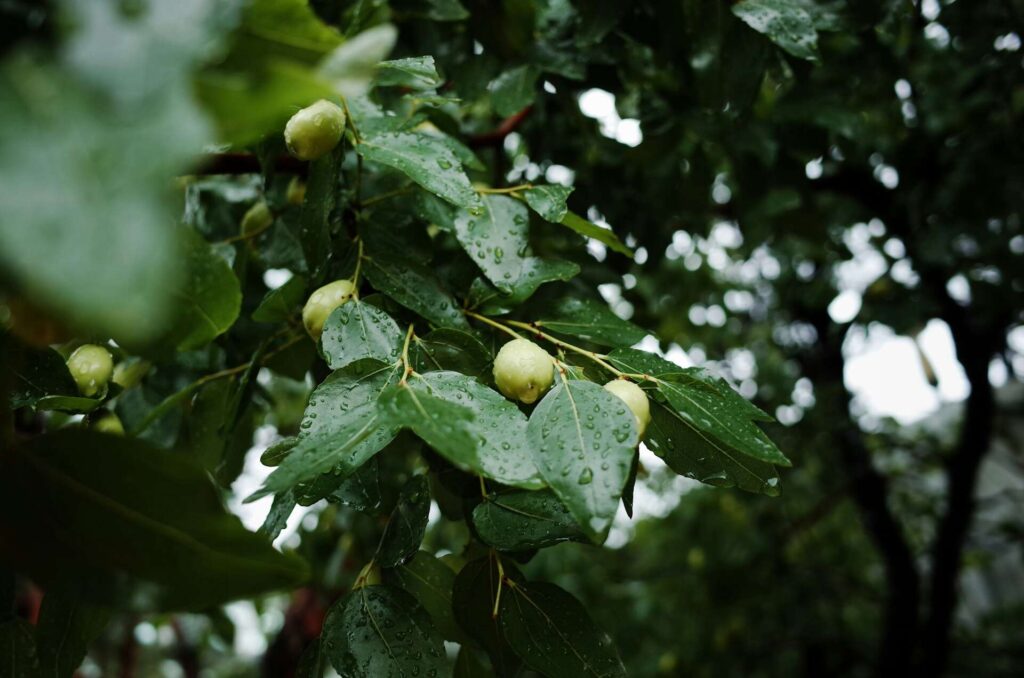
Jujube trees, also known as Chinese dates, are well-suited to arid climates. They are native to China but have been grown in many other parts of the world. Jujube trees are hardy and can tolerate tough and poor soil conditions. They require minimal water and produce in hot, dry climates. The fruit is sweet and often dried like dates. A mature jujube tree can produce up to 100 pounds of fruit per year.
5. Almond
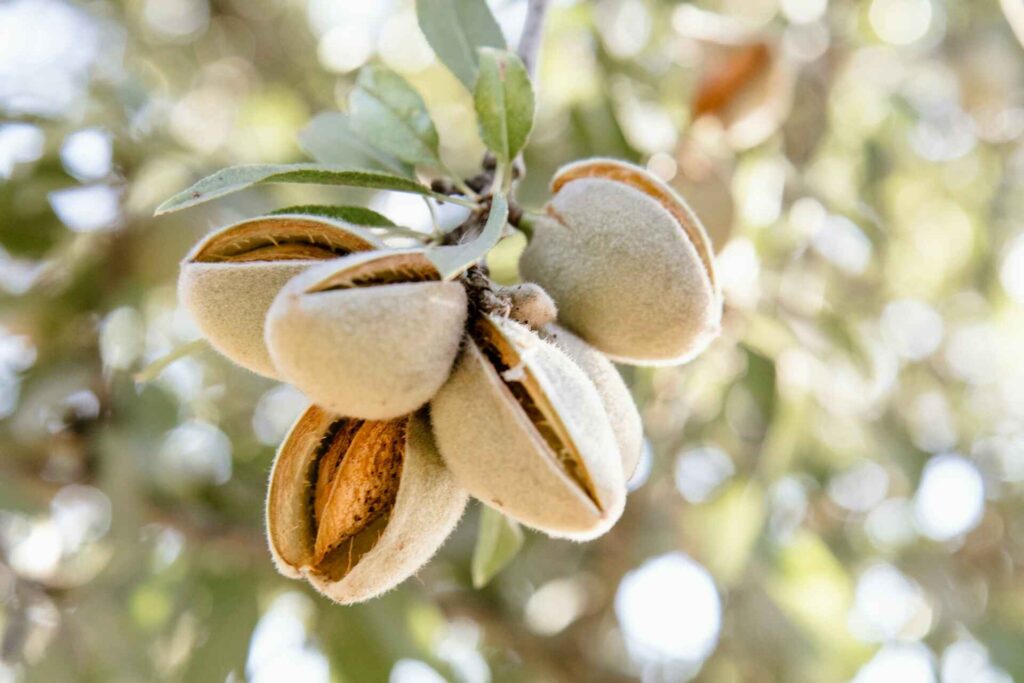
Almond trees are from the Middle East and South Asia but are grown in many dry areas around the world. Once established they are very summer dry. Almonds need well drained soil and full sun. They bloom in early spring with pink and white Sunflowers. A mature almond tree can produce up to 50 lbs of nuts a year. Great addition to any dry garden.
6. Citrus
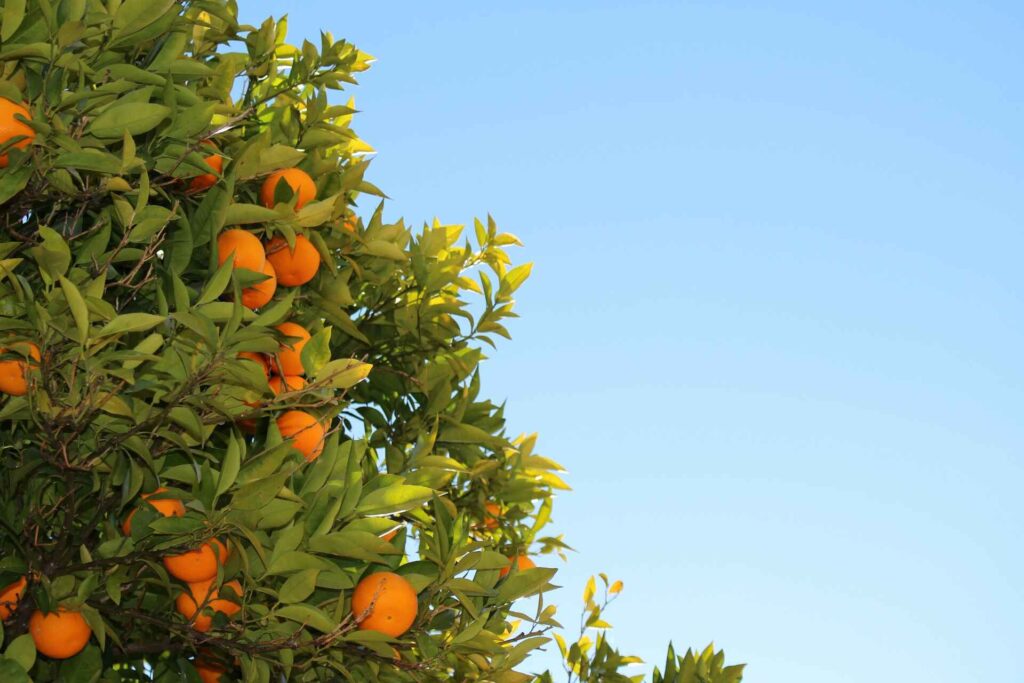
Some citrus trees like mandarins, lemons and limes are suited to hot dry climates. While they need watering they are more summer-dry than many other fruit trees. Citrus trees need well drained soil and full sun. They produce perfumed flowers and yummy fruit. A mature citrus tree can produce hundreds of pounds of fruit per year depending on the variety.
7. Persimmon
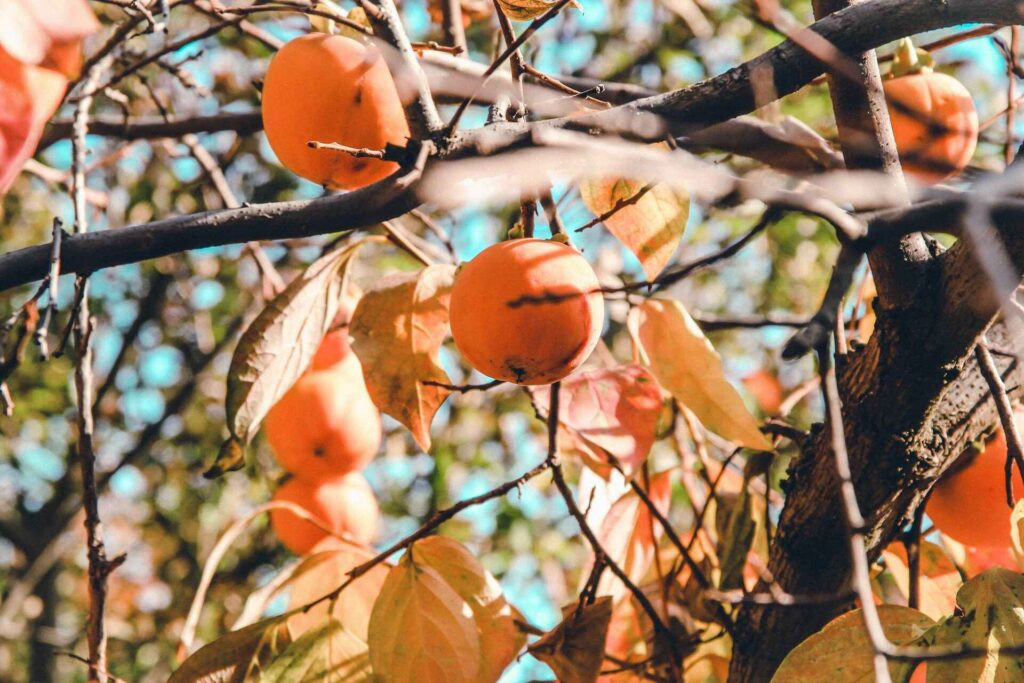
Persimmon trees, especially the American persimmon, are very drought tolerant. They are native to the southeastern US and can grow in poor dry soil. They need little water and are virus and disease free. The fruit is sweet and eaten fresh or evaporated. A mature persimmon tree can produce up to 150 lbs of fruit per year.
8. Date Palm
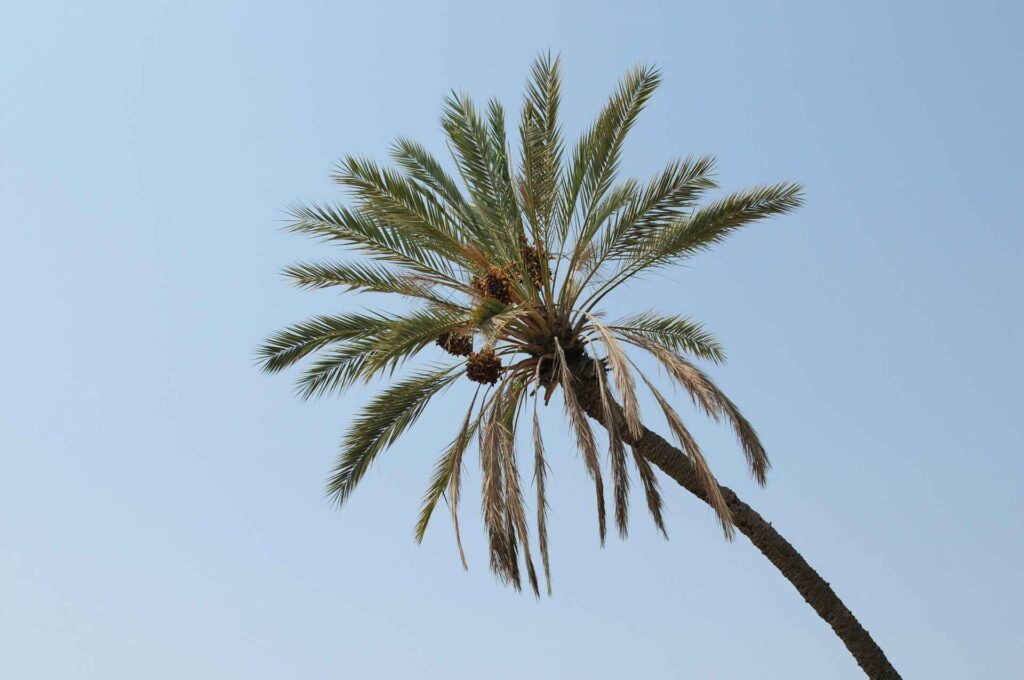
Date palms are the last drought proof. Native to the Middle East and North Africa they can take extreme heat and no water. They need well light soil and full sun. Date palms are slow growing but live for over 100 years. The fruit is sweet and full of nutrients. A mature date palm can produce up to 200 pounds of dates a year, so very useful.
Tips for Growing Drought-Tolerant Fruit Trees
- Planting: Plant in well drained soil. Not in low lying areas where water will collect.
- Mulching: Mulch to retain moisture and regulate soil temperature. Organic mulch like wood chips or straw is best.
- Deep Watering: Water deeply but infrequently to encourage deep root growth. This helps the tree survive dry spells.
- Pruning: Prune regularly to keep the tree healthy and promote fruiting. Remove dead or diseased branches.
- Fertilizing: Use a balanced fertilizer. Don’t over fertilize as it can cause excessive growth and more watering.
Conclusion
You can grow a fruitful garden in drought areas with the right fruit trees. Pomegranates, figs, olives, jujubes, almonds, citrus, persimmons and date palms are all good for hot dry areas. These trees are not only drought tolerant but also super productive and will give you a big harvest even in tough conditions. With proper care and maintenance you can have a tasty harvest and save water and have a clean garden. So go plant and enjoy the fruits of your drought tolerant trees.

